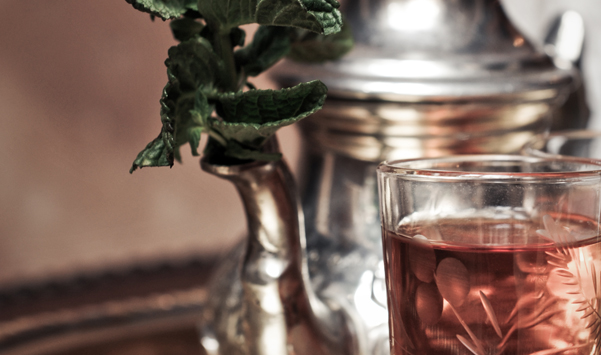Un riad centenaire au cœur de la médina de Marrakech… Derrière une lourde porte du quartier historique de Bab Taghzout, non loin du jardin Majorelle et à l’ombre des regards découvrez la Villa Nomade. Restauré dans la pure tradition marocaine, cet écrin de charme abrite autour d’un patio : huit chambres, quatre suites, et un restaurant. Un havre de paix idéal lors d’un voyage au Maroc.
Notice légale - Licence d'Etat N°: IM 075100084 - Nous contacter - Partenaires : Pousada au Brésil : Villa Bahia - Camps Nomades Maroc - Hotel de charme Johannesburg : Satyagraha House - Croisière sur le Nil : Steam Ship Sudan - Voyage sur mesure : Voyageurs du Monde - Tailor-made moroccan Holidays with Original travel - Développement :Oxygene Conseil
Tél : 00212 5 24 38 50 10
ActivitiesActivities
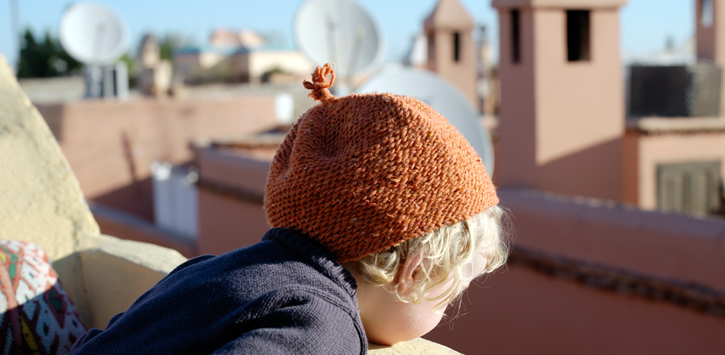
Activities
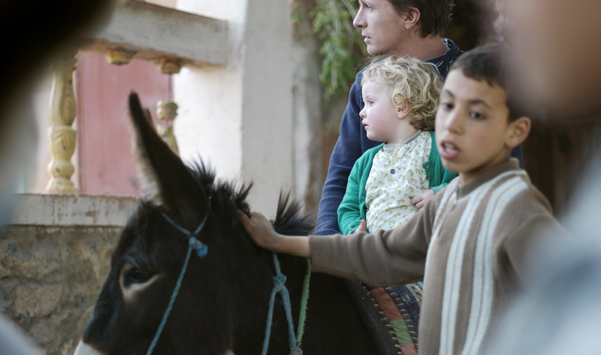
FestivalFestival
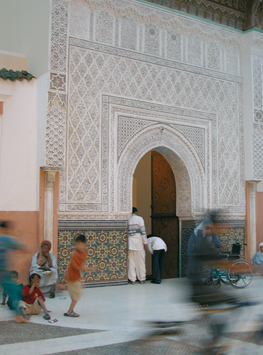
Festival
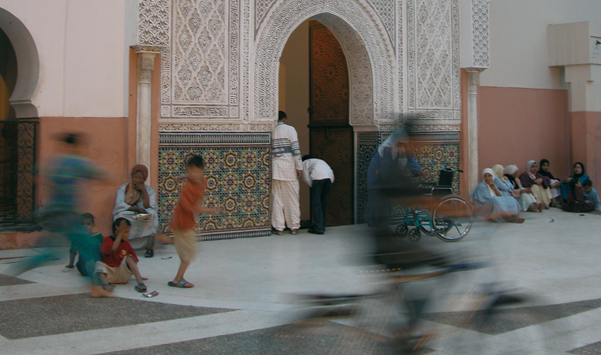
HistoryHistory
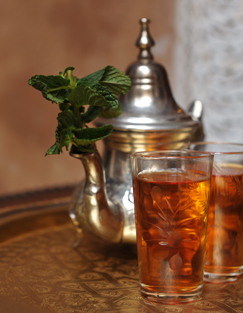
History
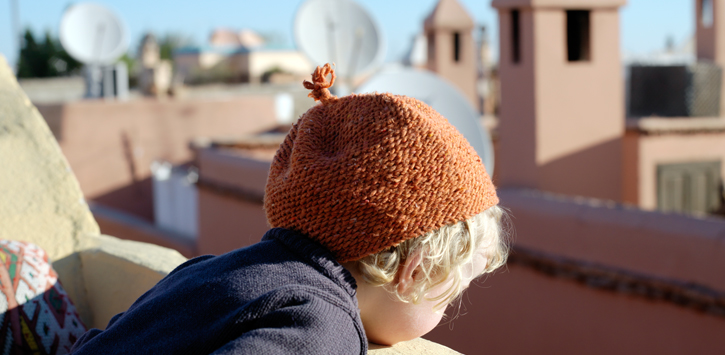
A little history
The city of Marrakech, which was originally called “Morkach” gave its name to Morocco. Around the year 1000, it was little more than a caravan train stop, until Abu Bakr, leader of the Almoravid armies set up camp for his armies there.
In 1062, Youssef Ibn Tachfin, who ousted Abu Bakr, built the Ben Youssef mosque. This was just the first of many mosques. Surrounded by ramparts, the town quickly became an important commercial, cultural and religious centre. It was also during this period that palms were planted and Marrakech became the capital of the kingdom, which was unified in 1083.
In 1147, after a long siege Abdel Moumen, captured Marrakech, overthrew the Almoravids and established the Almohad dynasty. The city then underwent a golden age, attracting intellectuals and writers. It was under the Almohads that the Koutoubia which will always be the symbol of Marrakesh was built.
In 1269, the Merinids in their turn put an end to the Almohad dynasty by seizing the city. The capital was immediately moved to Fez and Marrakech became slightly overlooked.
It was not until the 16th century and the coming to power of the Saadians that Marrakech regained its former glory.
Essaouira
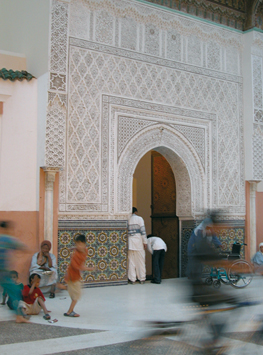
Essaouira
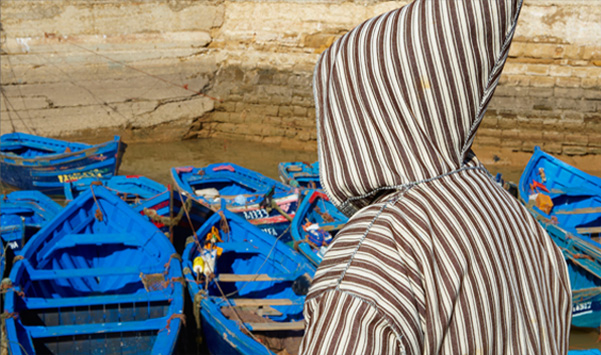
It is nicknamed the “Saint-Malo of Morocco,” for its Vauban ramparts and which is often compared to the Greek villages with its pristine houses with blue shutters. Join the dance of Essaouira, the enchanting city of the Gnawa musician- healers! A word of advice: when you arrive, go to the small fishing port with its dozens of colourful blue boats, to see the arrival of the sardine fishermen. After lunch, visit the Sidi Mohamed Ben Abdellah Museum located in the former home of the pasha of Essaouira, dating from the nineteenth century and discover the music of the Gnawas. And finally, wander around the medina before going back to the waterfront in time for sunset.
Between usBetween us
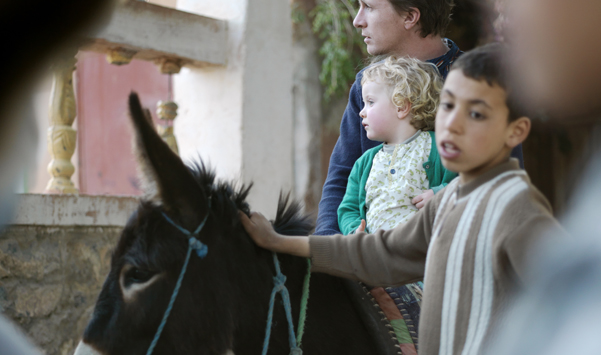
Between us
